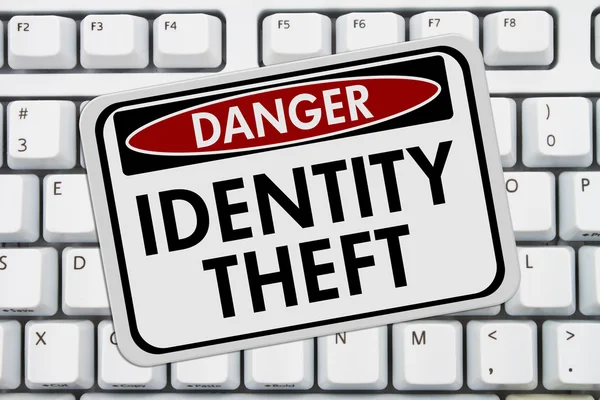Synthetic identity theft is a relatively new form of identity theft that is becoming increasingly prevalent in today’s digital age. Unlike traditional identity theft, which involves the use of stolen personal information, synthetic identity theft involves the creation of a new identity that is a combination of real and fake information. This makes it much harder for victims and law enforcement to detect and prevent the crime.
How Synthetic Identity Theft Works

Synthetic identity theft typically begins with the thief obtaining a Social Security number (SSN) that does not belong to them. They then use this SSN to create a new identity, often combining it with other real or fake information such as a different name, address, and date of birth. They may also use the SSN to open new credit accounts or apply for loans, which they then use to make purchases or withdraw cash.
Because the new identity is a combination of real and fake information, it can be very difficult to detect. For example, a credit check may show that the new identity has a good credit score and a history of on-time payments. However, if the victim tries to apply for credit themselves, they may be denied due to the high amount of debt already associated with their SSN.
The Impact of Synthetic Identity Theft
The impact of synthetic identity theft can be devastating for both individuals and businesses. Victims may find that their credit score has been ruined, making it difficult to obtain loans or credit in the future. They may also be held responsible for the debts incurred by the thief using their SSN.
For businesses, synthetic identity theft can result in significant financial losses. When a thief opens a credit account using a synthetic identity, they may make large purchases and then disappear without ever making a payment. This can result in charge-offs and bad debt for the business, as well as damage to their reputation.
Preventing Synthetic Identity Theft

Preventing synthetic identity theft can be challenging, but there are steps you can take to protect yourself and your business. Some tips include:
- Protecting your personal information, such as your SSN and date of birth
- Checking your credit report regularly for any suspicious activity
- Using strong passwords and two-factor authentication for online accounts
- Being cautious of phishing scams and unsolicited emails or phone calls
- Implementing fraud detection software and monitoring tools for businesses
Synthetic identity theft is a growing concern for consumers and businesses alike. By understanding how it works and taking steps to prevent it, we can all work together to protect ourselves and our financial well-being.

